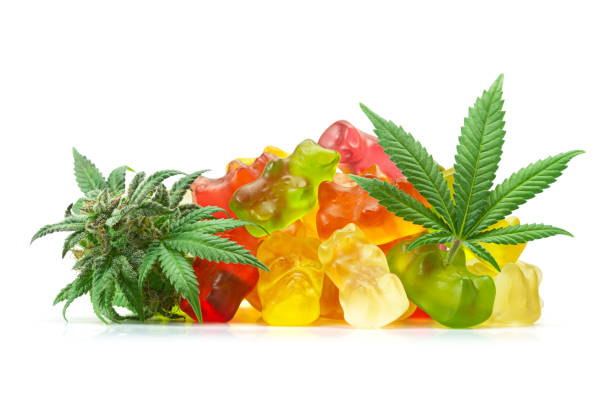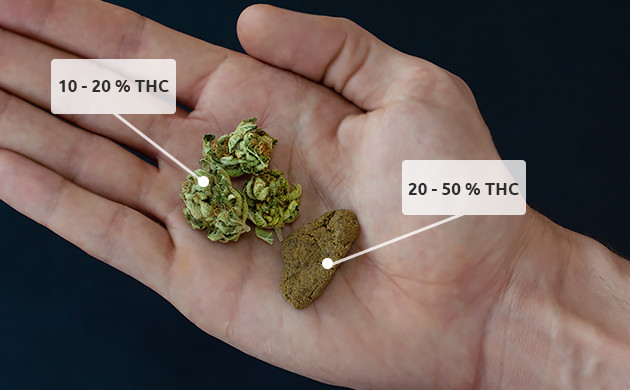
Neuroplasticity and Cannabis: How THC May Rewire Learning Pathways
The human brain is not a static organ. It has the remarkable ability to adapt, reorganize, and form new connections
FREE SHIPPING ON ORDERS OVER $99 | 10 points = $1
In recent years, as the conversation around psychedelics has re-emerged in both scientific research and popular culture, new forms of consumption have appeared — including LSD edibles. But what exactly are they, and how do they compare to traditional LSD tabs?
Let’s explore what LSD edibles are, how they work, their potential risks, and the legal and scientific landscape surrounding them.
LSD edibles refer to food products (such as gummies, chocolates, candies, or baked goods) that are infused with lysergic acid diethylamide (LSD), a powerful psychedelic substance. Similar to cannabis edibles, the goal is to make the ingestion of the substance more palatable or discreet.
Unlike traditional LSD blotter paper or liquid drops, LSD edibles are consumed like food, but the absorption of the drug still occurs through the digestive system or sublingually, depending on how they’re designed.
LSD is extremely potent — active at microgram levels — so it must be dosed with extreme precision. When incorporated into edibles:
Unlike cannabis edibles, LSD is not metabolized into a different compound; its effects remain consistent whether taken on a tab or in food, although onset may be slower.
There are a few reasons why LSD edibles are appearing in underground markets and experimental circles:
LSD is not physically toxic, but it is extremely powerful, and consuming it in edible form carries unique risks:
While LSD itself is being re-evaluated in clinical settings for its potential to treat depression, anxiety, PTSD, and addiction, LSD edibles are not a focus of scientific research.
If someone chooses to use LSD edibles despite legal and safety concerns, harm reduction professionals recommend the following (again, for informational purposes only):
LSD edibles are a new and controversial development in psychedelic culture. While they offer discretion and novelty, they also introduce new risks — especially related to dosing and legality.
As scientific research into psychedelics progresses, it’s possible we may one day see regulated psychedelic edibles used in therapeutic settings. Until then, it’s crucial to prioritize safety, legality, and education above all else.

The human brain is not a static organ. It has the remarkable ability to adapt, reorganize, and form new connections

In our fast-paced world, many people accumulate what’s known as sleep debt—a deficit that builds when you consistently sleep fewer